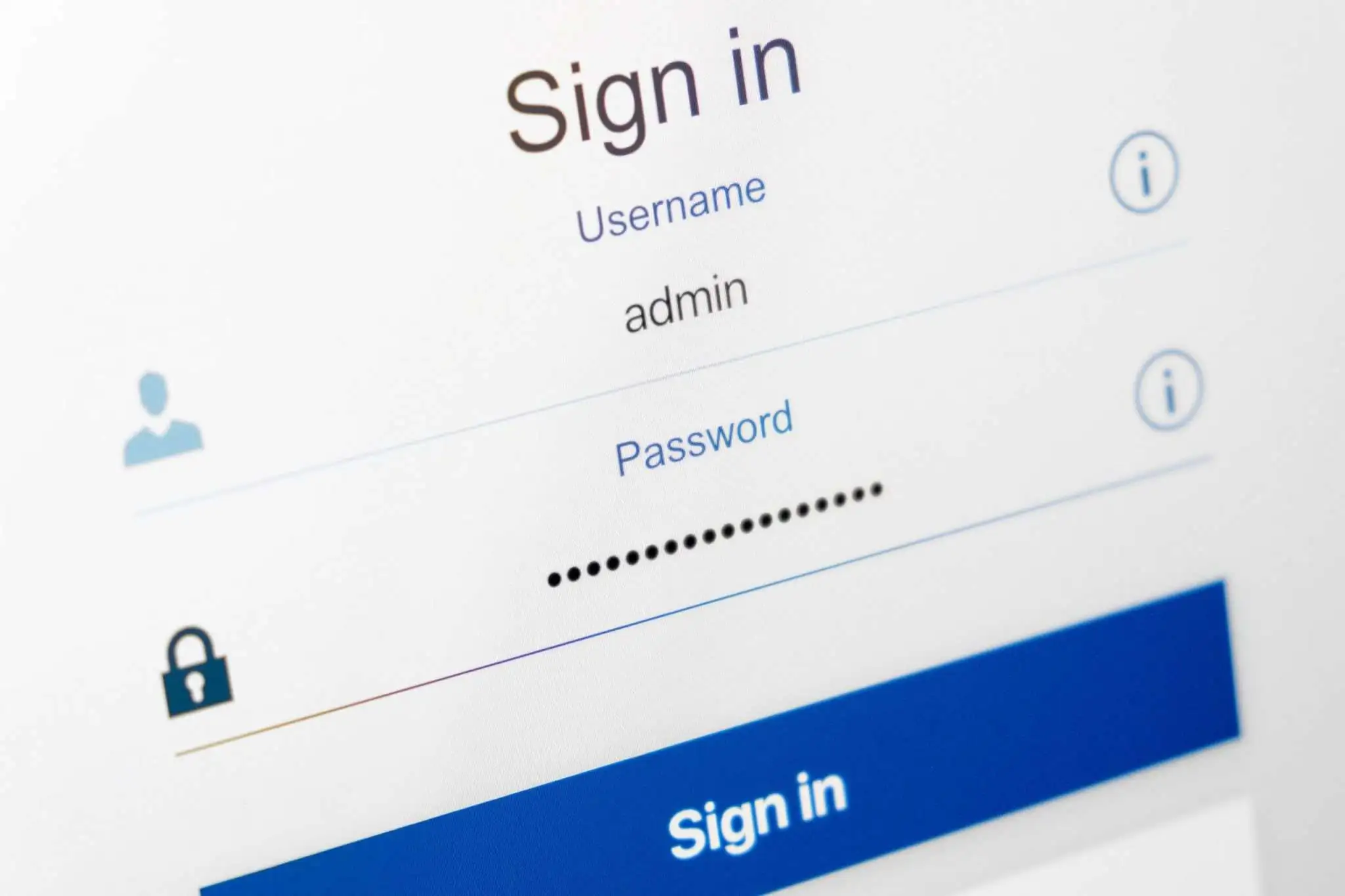E-mails are the most used productivity tool by employees. They are also a treasure trove of information and are a lucrative target for hackers as all your data – company, employee, client, etc. are present in one place.
Microsoft’s O365 has been a gamechanger in the world of e-mail. It’s easiness, mobility & ready-to-use ability has led to its popularity. With more than 150 million active users, this is a very lucrative target for attackers.
Recently, the US Department of Homeland Security’s Cybersecurity and Infrastructure Security Agency (CISA) has published security advice for organisations that may have rushed out Office 365 deployments to support remote working during the coronavirus pandemic. This coincides with their notification last year on Microsoft Office 365 Security Observations.
Why is securing your O365 important?
Most organisations assume that complete responsibility & onus of securing their O365 lies with Microsoft. The reality is that Microsoft secures the COTS application and underlying network infrastructure. On the flip side, the instance has 100s of settings & controls to be picked, applied, managed & maintained by the end client.
In the wake of COVID 19, many organisations would’ve overlooked important security configurations due to hurried implementations. This could be exploited by attackers to gain access to your data.
It is always important to understand the reality that it’s your data after all. Hence, it’s your responsibility to secure O365.
How can you commence your journey to a Secure O365?
- Implement Microsoft recommended Security Defaults : This includes switching on MFA (Around 90% of organizations have not turned on this setting), blocking of legacy authentication & protocols (IMAP, SMTP, POP3), resetting default account credentials, protecting privileged actions, etc.
- Enabling Unified Audit Logging & mailbox auditing for each user. Reviewing all actions periodically either manually or, through automated tools or, security monitoring partners.
- Ensure Azure AD password sync is planned for and configured correctly, before migrating users
- Implementing musts like disabling auto-forwarding, spam filters, using dedicated admin accounts, managing user & object permissions, custom permissions, secure external sharing controls, etc. and additional measures like frequent security awareness training’s, third party tools like spam gateway, DLP, etc.
- Enabling O365 add-ons like ATP Safe Attachments – protection against malicious attachments & files, ATP Safe Links – protection against phishing attacks, Office Message Encryption, Microsoft 365 Secure Score, etc.
- Conducting frequent audits across all security settings & configuration against the likes of CIS Benchmark, Microsoft Security Defaults, CISA Advisories, etc.
Subsequently, it is critical to engage a third-party security vendor to conduct an assessment for your O365 environment. They will aid in identifying gaps & risks in your current O365 configurations and providing advisory on mitigation. Thus, enabling you to safeguard your data & employees.
Accorian has years of expertise in delivering technology & security services. They are a full-service technology & cybersecurity partner to enterprises & SMBs around the US. They have aided multiple organisations in successfully implementing and securing their O365 environment.



